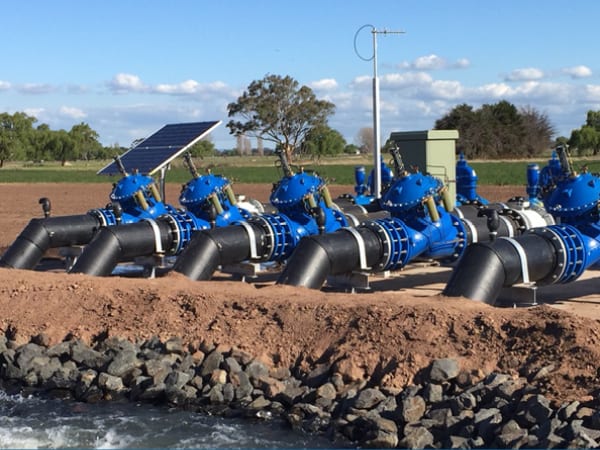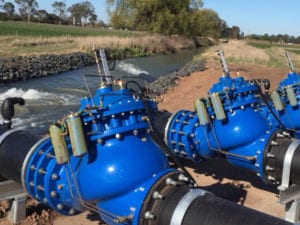An increasing focus on environmental protection and energy savings means that water supply and distribution systems need to become more efficient and operate optimally at minimum pressures.
Single-chamber control valves are traditionally used in water supply and distribution systems due to their cost-efficiency; however, their functionality is limited in such low-pressure conditions. To address this, Bermad has developed its 700 Sigma Series double-chamber control valves. These valves have a unique design only available in this series and are the same size as their single-chamber counterparts, explains Rowan Blomquist, CEO, Macsteel Fluid Control. Macsteel Fluid Control is the sole franchise holder for Bermad in Southern Africa. These are also the only valves on the market that enable water system designers and owners to easily convert their single-chamber valves into double-chamber valves, and thus optimise their systems for smooth, accurate, secured, stable, and efficient operations under low-pressure conditions. Immediate response and regulating In the case of low-pressure conditions in the network, a double-chamber valve with a three-way pilot can completely vent the control chamber, enabling the valve to open fully. This means that the valve is transparent in terms of head loss. In addition, the valve resistance becomes minor and the valve supplies sufficient pressure to consumers without creating a negligible pressure drop. Fast, powerful, smooth In Bermad’s 700 Sigma Series double-chamber valves, the diaphragm is isolated from the downstream pressure, which applies the valve opening force in single-chamber valves. When a double-chamber valve is opened, the closing and opening forces on the seal disc neutralise each other. To start the closing process, the upstream pressure water is diverted to the upper control chamber. Since there are no opposing opening forces, the diaphragm assembly and shaft move the seal disc quickly, in a linear direction and with high force, towards the seat.When the valve is almost closed and head loss is starting to build up, the downstream pressure starts to diminish. The balance of forces on the seal disc changes and the upstream pressure causes the closing process to slow down. As a result, the end of the closing process is smooth and soft. This built-in feature is essential to modern water supply and distribution systems, as it protects them against potentially damaging scenarios such as water hammer due to valve closure.
The concept of CLAM networks has become more common and is now widely used in water utilities. This has led to increasing awareness about the slamming of pressure-reducing valves (PRVs) and is exactly where non-slam, double-chamber valves offer a vital advantage.
an immediate response, absolute stability, and very
high reliability. This feature is unique to Bermad 700 Sigma double-chamber valves and is ideal for the following applications:
- Equal division of erosion and cavitation loads in systems with high differential pressure by installing a proportional PRV upstream from an adjustable pressure-reducing, level control, or circulating pressure-sustaining valve.
- Reduction of hunting-free downhill pressure – the stability, reliability, and immediate response prevent hunting and offer an excellent solution for sites with limited accessibility and extreme operational conditions.








